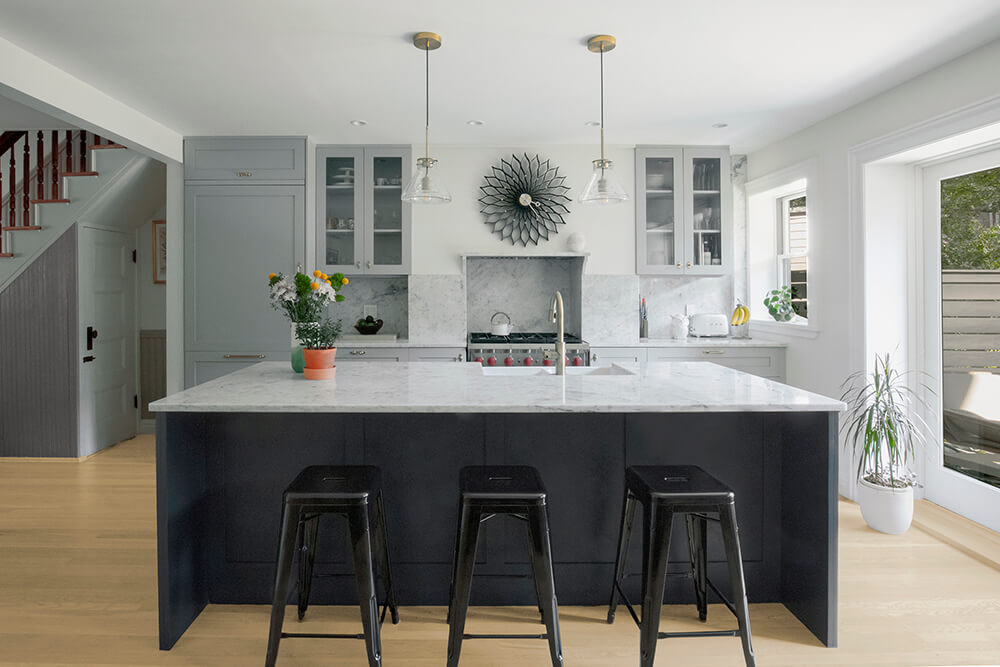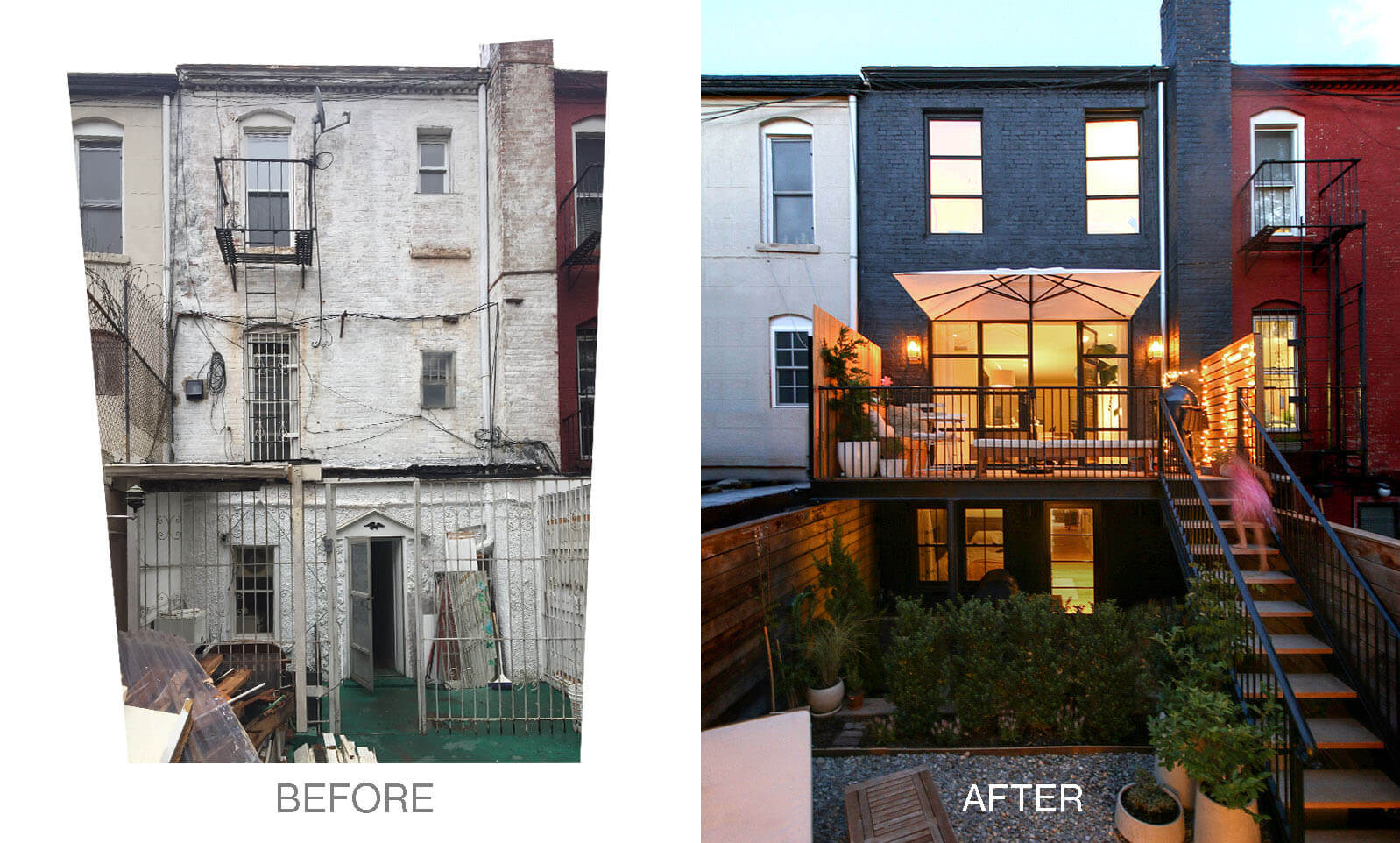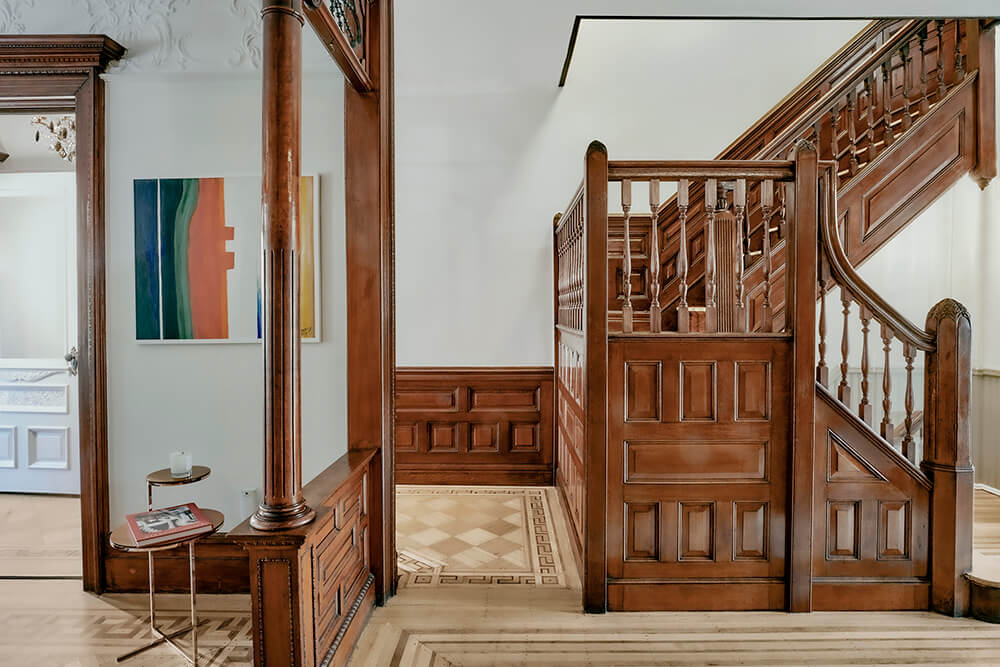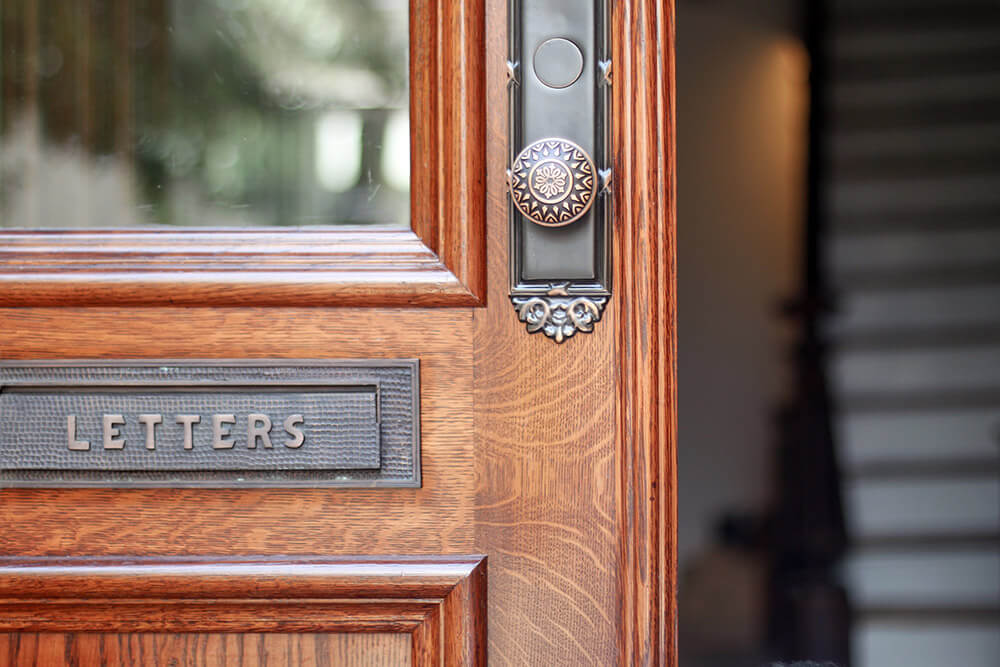10 Things Buyers Should Consider Before Making an Offer on a Brownstone or Townhouse
If you’re considering making an offer on a home, Haralabides recommends keeping these 10 topics front of mind.

Photo via reBuild Workshop
Navigating a New York City real estate purchase can bring plenty of headaches. The guys at reBuild Workshop, led by founder Themis Haralabides, who’s been renovating brownstones and other historic structures around the U.S. for 20 years, are available for pre-purchase consultation to reduce any uncertainty. They can also take on the entire building process – from concept design through construction.
If you’re considering making an offer, Haralabides recommends keeping these 10 topics front of mind:
1. Find out if you need to change the building’s legal use.
Changing the legal use of the property requires more design and permitting effort; also likely more construction work – since you will be required to bring the space and systems up to the current code and safety standards.

2. Is it a landmark, and will you be making changes to its exterior?
Any changes to the exterior of a structure within a designated historic district will require a permit from New York City Landmarks (LPC), which will follow a thorough review process. As a result, you should expect impact to the overall project schedule, and added costs, especially if you intend on making any additions (adding volume) to the existing structure.

3. Think twice about doing an extension.
The property you like might have available air-rights, but extending a structure in New York City comes with a hefty price. Before doing a preliminary zoning analysis of the property, think about how important it is for you to extend the structure, and understand that doing so might significantly impact project cost and schedule.
4. Assume all systems need to be redone.
Unless a proper, comprehensive renovation was done in the past 20 or so years – you have to assume doing any work in the house will require all electrical and plumbing work be re- done. For a three-story Brooklyn brownstone, this could typically cost between $100-160k — fixtures and soft costs excluded.
5. Consider a cooling and heating combo.
The high-performance HVAC systems (typically “heat-pumps”) are primarily being used for cooling, but – with a little bit of extra effort – could also become the primary source of heating for your new home. Examine the condition of the old steam boiler and piping, and do a cost-benefit analysis of having that replaced by an energy efficient HVAC system.

6. Structure and sagging floors.
Good news: The vast majority of the time, a brick structure will be strong enough to carry any new load. Bad news: In many cases, the wood joists are visibly sagging, which result in sloping floors and stairs. Is this something you can live with? Look at the condition of the floors to assess whether you’ll need to level them – if so, expect significantly more effort, for the entire project.
7. Earlier work that might need to be rectified.
Often, properties are sold with various conditions that may not meet the current building code — for example: a two-family home that is not properly fire-separated, mechanical equipment that is not properly vented, building extensions or decks that do not meet the current zoning or LPC regulations. If you plan on doing work at the property, you might be required to address them, so be prepared for it.

8. Want a Passive house? Prepare for a gut reno.
A Passive house needs the exterior enclosure tightly sealed and well-insulated; and also needs appropriate electric-powered HVAC systems. Doing all that while keeping historic components of a 100-plus-year-old house will require much more effort. The upside? A properly designed Passive house renovation will lower your energy costs, lower your carbon footprint, and deliver the highest indoor air quality for you and your family.
9. Restore or replace that old door?
When thinking about replacing vs. restoring, keep in mind, in most of the cases, replacing is more cost effective. On the other hand, restoring is typically more environmentally sustainable, and very meaningful – especially when dealing with a historic structure.
10. Making an offer? You’ll need more than comps.
To understand whether the property is the right fit for you, and what effort it’ll take to transform it to your dream home, get assistance from a seasoned design professional before you make an offer. You won’t regret it.
Follow reBuild on instagram to see their current work here.
For more information go to the reBuild Workshop website.
[Photos via reBuild Workshop]










What's Your Take? Leave a Comment